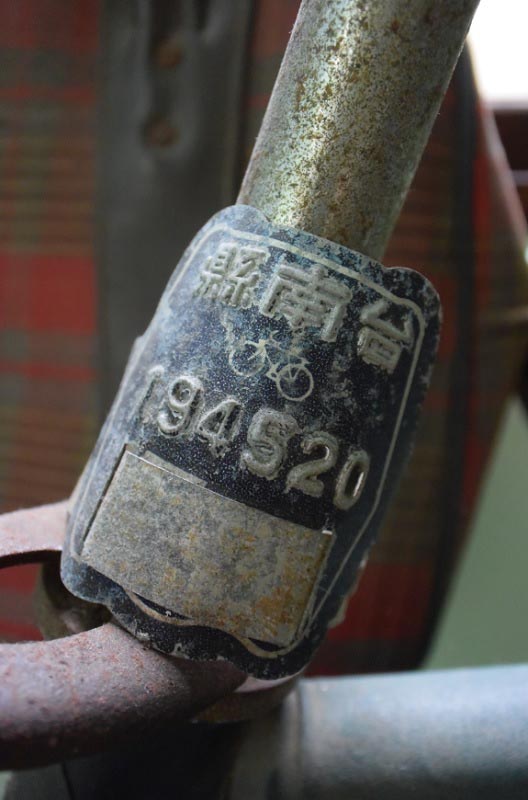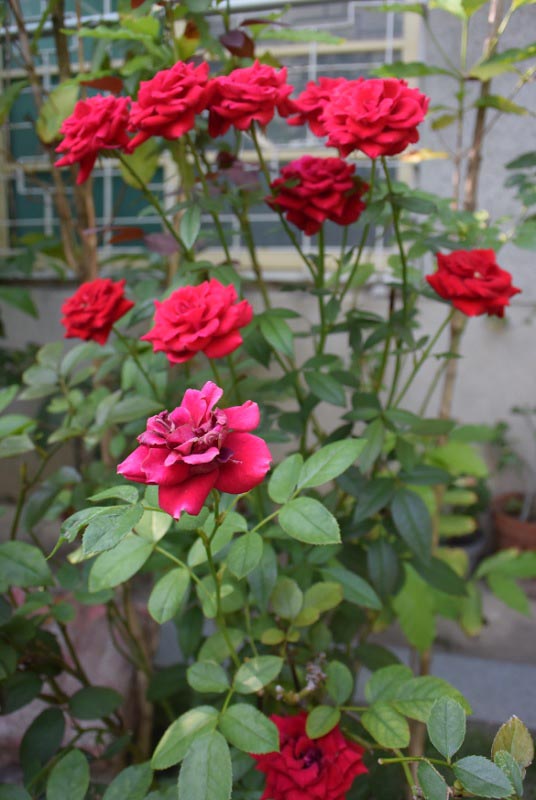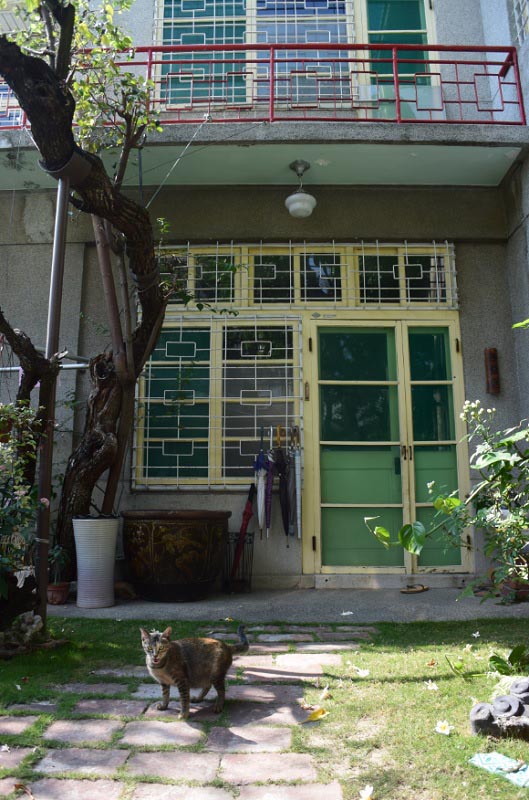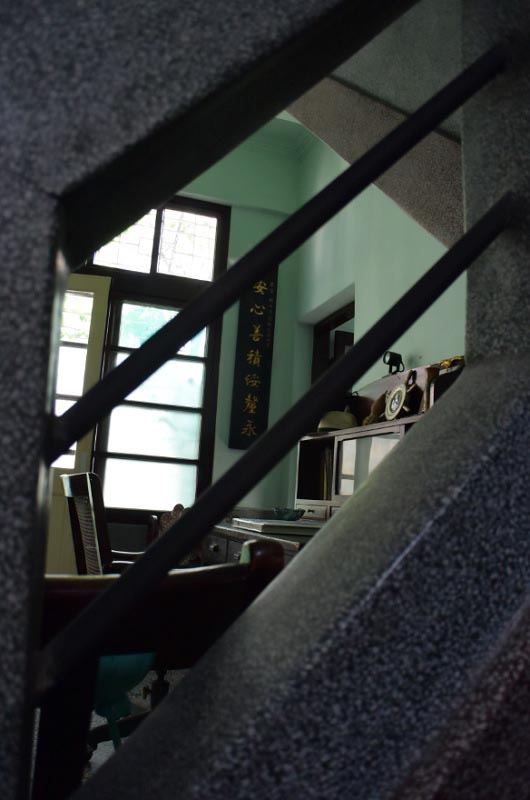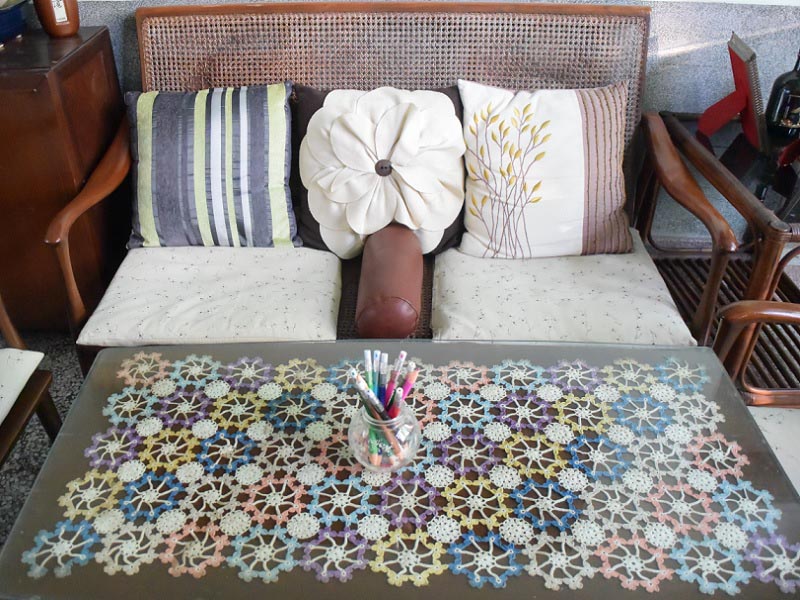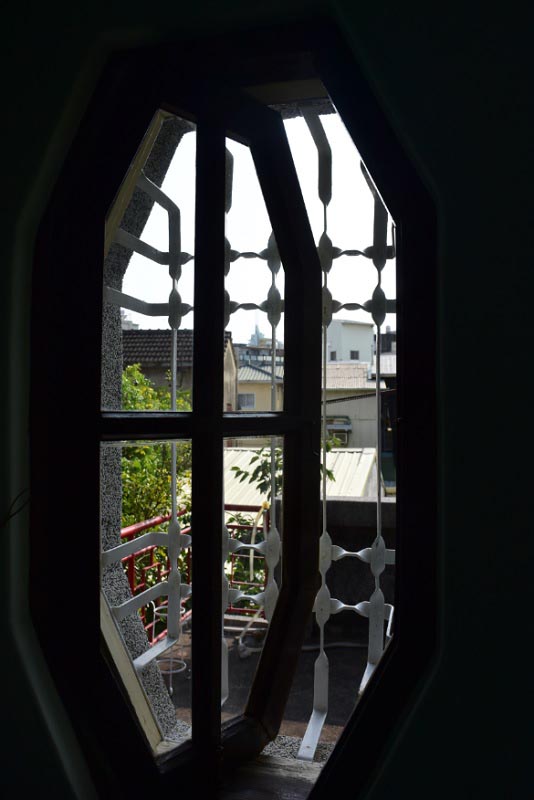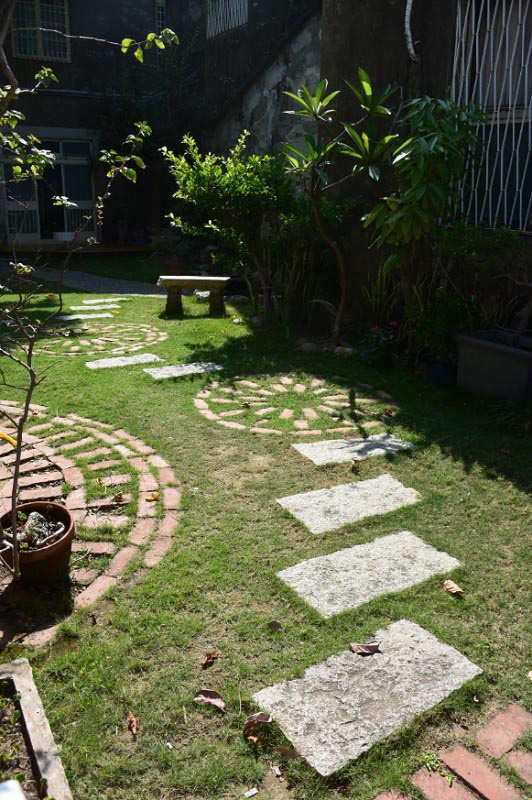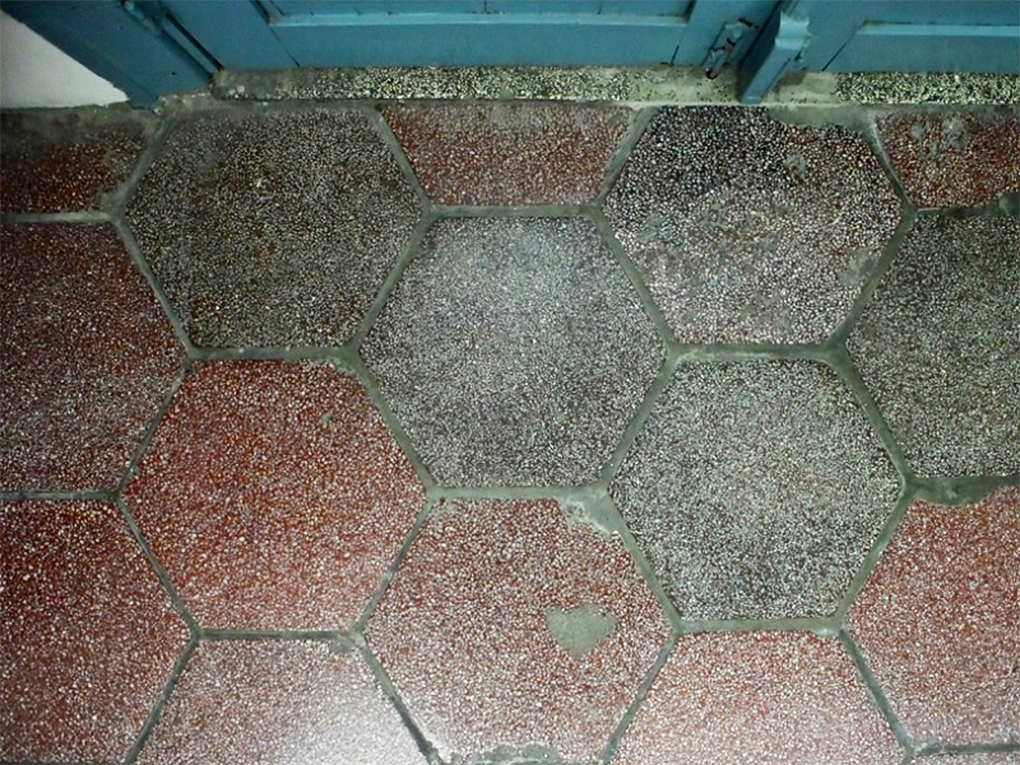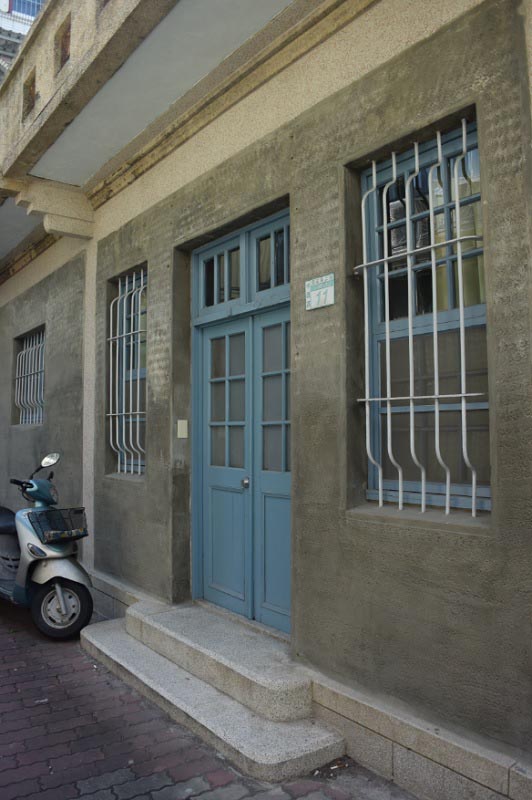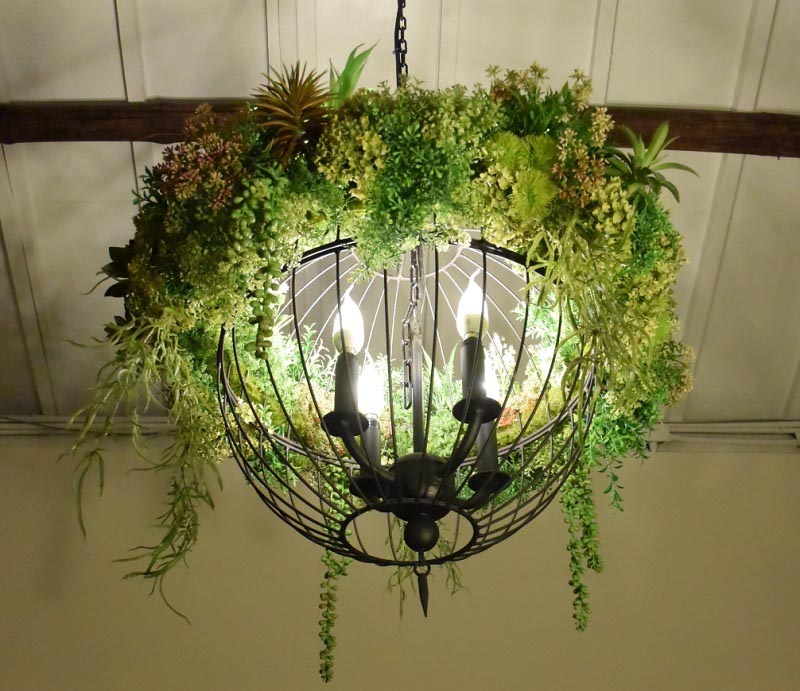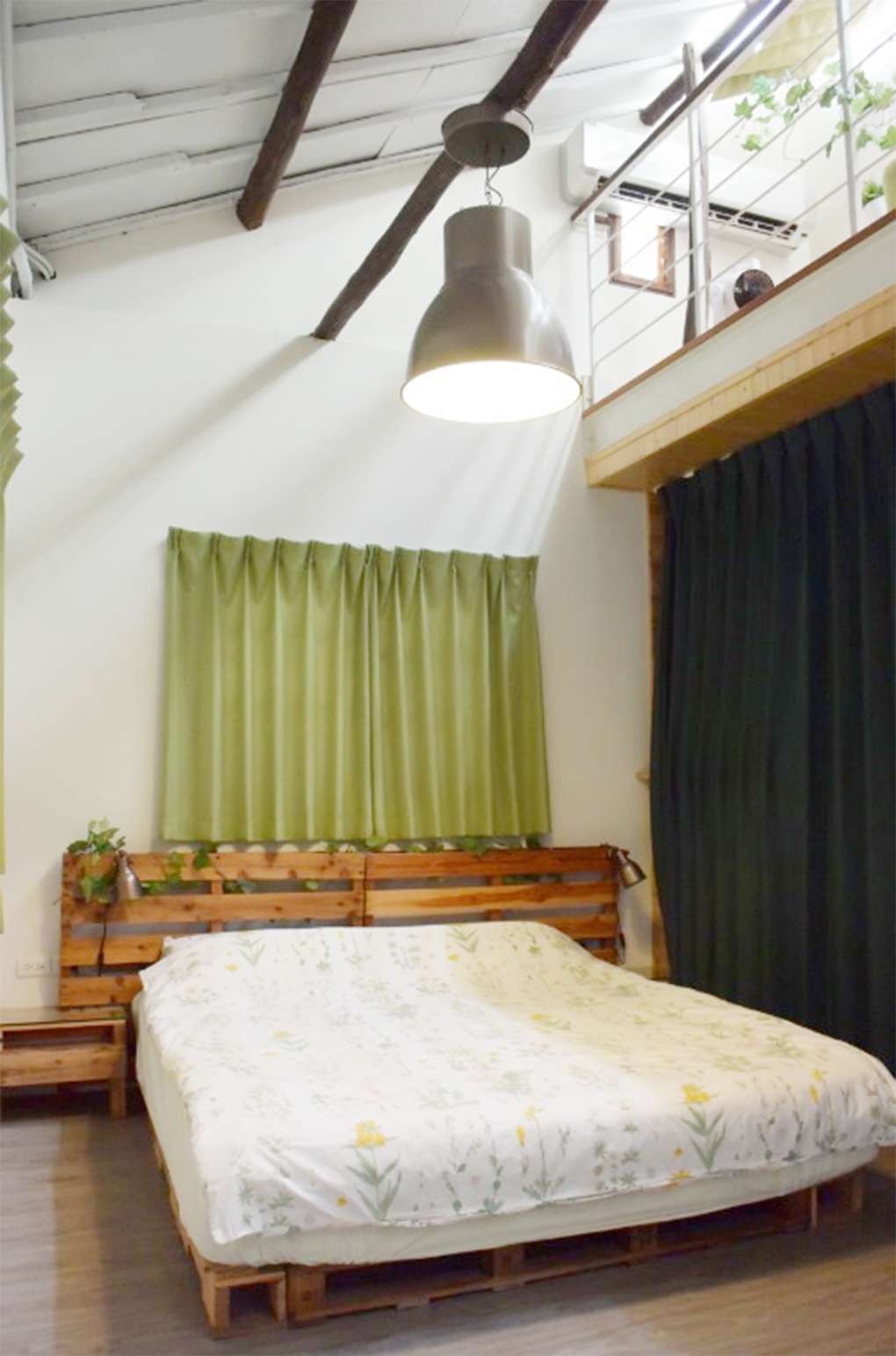Home of the Old Doctor: Rolling Inn, Tainan
by Qian Leung
@ 20 Jul 2018
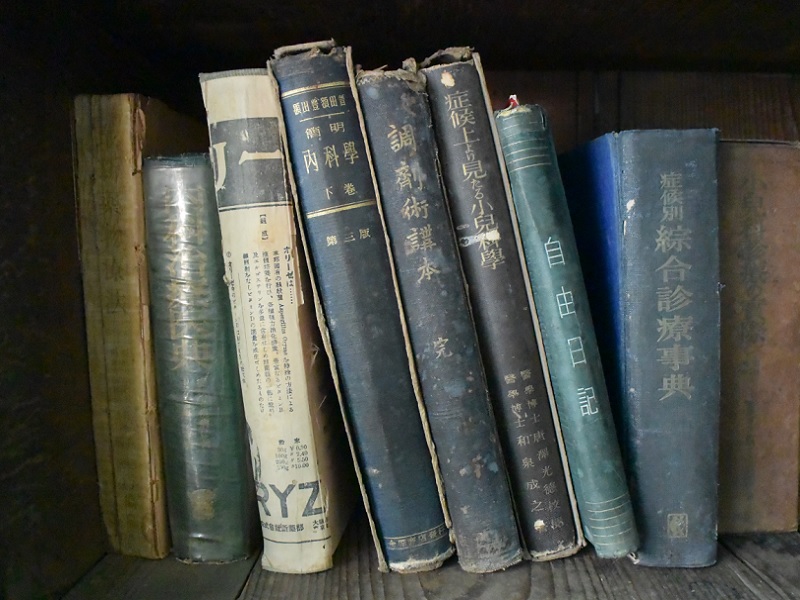
The story of
Lao Lin Ju (‘Old Lin’s Home’) is indelibly connected to Dr Lin Leeshui, who was born in 1906. The two-storey building, with a courtyard full of old kumquat, red date, and longan trees, was the home of the doctor, who graduated from medical school in 1931.
Even today, his presence can be felt - from the worn bookspines with faded gold letters: ‘Internal Medicine’, ‘Pediatrics’, ‘Pharmacology’, to the old bicycle with a doctor’s bag on its handlebar for house calls.
“If a patient was in poor financial straits, Great-uncle wouldn’t accept payment from them,” says Hsuan Lin, 31, whose grandpa was one of Dr Lin’s younger siblings. Perhaps it was also because his second brother passed away from an infectious disease, Dr Lin believed that everything should be done with care.
For example, in the days before sterilization was a common concept, he made sure that all crockery were scalded with hot water before use. He also had the walls of the house built thicker than usual, so that they would withstand tremors in earthquake-prone Tainan.
Dr Lin lived in a time of Japanese colonization, so the house had Japanese influence, expanding sideways as you step in through the front door rather than being narrow and deep like traditional Tainan shophouses. The living room, furnished with sofa and television set, opens into a large bedroom on the right, and a dining room on the left.
A staircase brings you up to the second floor, where overhead, the underside of terracotta tiles are left exposed. “When Great-uncle’s eldest son got married, this became his bedroom,” says Lin of the room with the canopy bed. “When the children came, the connecting room became their bedroom.” A storage space for blankets sits perched atop the wall between the two rooms, with panels that opened on both sides.
“We feel fortunate that the wood used for the rooms and the windows were of hinoki wood,” says Lin. With a distinctive lemon scent, the local cypress is highly resistant to fungi and termites, and valued in woodworking. “The wood is still good and strong.” On the other side are two tatami rooms, one which sleeps two, and the other, which sleeps three, can also be used as a tea room.
From the smaller one, a door leads you out into the balcony. “You can enjoy a bit of the sun here, as well as look out into the greenery,” says Lin. The window’s octagonal shape is a reference to the turns of the staircase. It is set on a pivot hinge, allowing good air-flow while taking up little space. In the 60s, wrought-iron window grills were popular, and could be shaped into Mount Fuji, cherry blossoms, and plum blossoms by skilled blacksmiths.
Back out into the courtyard, a wooden frame of peeling blue paint seems stuck to a neighbouring house. In fact, this used to be where a house once stood. Today, this lawn is where the local handicraft and floristry scene might occasionally gather, to set up stalls and display their crafts.
There is a small gate by the main road, right beside a teriyaki izakaya (grilled chicken bar), which opens up into the courtyard. On the opposite end of the property, Lin’s grandma still lives (her grandpa passed away four years ago, at the age of 97.)
Through the reception room, which reminds me of a terrarium, with its French windows and greenery decorated with paintings and endearing figurines, you’ll step out into a small alley, which brings you to the second building. Although it had been constructed earlier than the main house, the damage that its roof had sustained during World War II meant that it required a little more renovation.
That’s why its interiors might look more modern, although the key structural elements, such as its main facade, red brick walls, wood beams, and hexagonal floor tiles, remain.
“We believe it used to be a two-storey building, based on the balcony that you can see from the outside,” says Lin. “This was where my grandpa was born, and where his family lived, when he was growing up.” Today, the internal walls had been torn down, so it becomes a studio apartment, with a bright and cheery mezzanine tucked under the sky windows.
“Grandpa was in fact a chemistry teacher, but his interest was in painting,” says Lin, eyes on the Claude Monet oil paintings, re-created in watercolours by her grandpa.
“I believe my own interest in the arts can be traced back to him.” In Chinese, the family name, Lin, is a pictogram of two trees, which also means ‘forest’. The greenery that can found, both outside and within Lao Lin Ju, brings tranquility to one’s heart. And I believe Great-uncle and Grandpa in another land would be comforted to see the care with which their third-generation steward tends the little oasis.
Rolling Inn
Lane 305, Section 2, Hai’an Road, West Central District, Tainan City, Taiwan 700
Tel: (886) 919 636 296
Adapted from the
Jul Aug 18 issue of Cuisine & Wine Asia.
 The story of Lao Lin Ju (‘Old Lin’s Home’) is indelibly connected to Dr Lin Leeshui, who was born in 1906. The two-storey building, with a courtyard full of old kumquat, red date, and longan trees, was the home of the doctor, who graduated from medical school in 1931.
The story of Lao Lin Ju (‘Old Lin’s Home’) is indelibly connected to Dr Lin Leeshui, who was born in 1906. The two-storey building, with a courtyard full of old kumquat, red date, and longan trees, was the home of the doctor, who graduated from medical school in 1931.
